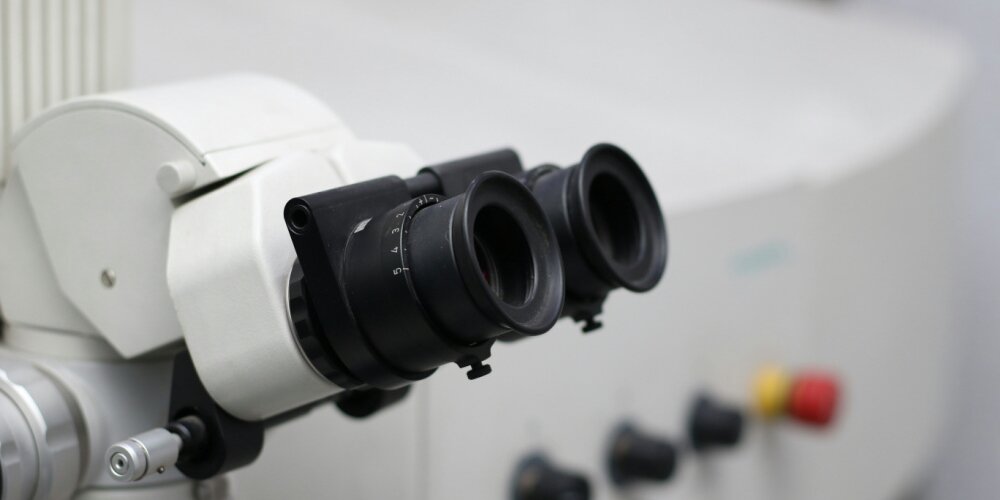New Technique Films the Flow of Hydrogen Atoms

Hydrogen is the smallest atom in the universe, which makes detecting it at an atomic level with current technologies like x-rays and lasers incredibly difficult. However, a new visualisation technique developed by researchers at Tohoku University in Japan has successfully filmed the diffusion of hydrogen through nickel in real-time.
During the tests, the team at Tohoku University used an optical microscope to record the progress of hydrogen through pure nickel. This was visualised by using a thin polyaniline layer as a “hydrogenochromic sensor”, which changed colour from purple to white following the distribution path of the hydrogen.
By creating this hydrogen video imaging system (HVIS) with an optical microscope, the team were able to observe the progress of the hydrogen in a “micrometre-scale spatial resolution” to provide high-quality imaging of the polyaniline layer.
Through this testing, Kakinuma, along with several co-researchers, discovered that the microstructure of the grain boundaries within the nickel had a marked impact on the hydrogen flux. According to their observations, there was a preferential diffusion through grain boundaries that had a misorientation (with the largest hydrogen flux being found in areas with a misorientation of 30°≤????<40°).
Their findings are important, as they suggest the geometrical structure of a material is a “critical factor” in understanding how hydrogen will diffuse within a metal – with interesting wider ramifications.
In the future, this visual imaging technique could be applied to other alloys and pure metals, such as aluminium and steel, to understand how hydrogen behaves on an atomic level. From there, research can move towards understanding and experimenting with grain boundary-based hydrogen-related structural and functional material designs on the wider journey to hydrogen-based clean energy.
Looking for material identification services?
Then make The Lab your first port of call. With material testing services including forensic failure investigations, material identification, and advanced digital microscopy testing, our team is well-versed in meeting your needs.
Speak with our team to find out more about how The Lab can help your business.
Learn more about The Lab’s materials testing services today
For more insights, the latest news and information, discover The Lab’s News and Knowledge Hub…
Scientists Discover 'Superhydrophobic' Surfaces | New 3D Printing Technique Developed to Print One of the World’s Toughest Steels | Has the Secret of ‘Self-Healing’ Roman Concrete Been Revealed?
- Author
- Dr Holly Edwards
- Date
- 15/05/2024
